Will My Car Pass Emissions with Check Engine Light On?

If your check engine light (CEL) is on, it can indicate a range of potential issues, some of which might prevent your car from passing an emissions test. Emissions tests are designed to ensure that your vehicle’s exhaust system is functioning properly and that it’s not polluting the environment. The presence of a check engine light can trigger a failed emissions test, depending on the underlying issue.
How Does the Check Engine Light Affect Emissions Testing?
When your check engine light is illuminated, it signals that the onboard diagnostics system (OBD-II) has detected an issue with the engine or emissions-related components. Emissions tests typically involve checking the car’s exhaust gases and running diagnostics to ensure the vehicle meets environmental standards.
1. OBD-II Scanning
Most emissions tests now include an OBD-II scan, where the technician plugs into your car’s diagnostic system to check for trouble codes. If the check engine light is on, the OBD-II scan will likely identify the specific code related to the issue. Some of these issues, especially those related to the engine or exhaust system, can cause the car to fail the emissions test.
2. Pending or Active Codes
If the check engine light is on because of a pending or active trouble code that relates to emissions, the car will likely fail the emissions test. For example:
- Catalytic Converter Issues: A malfunctioning catalytic converter can prevent the proper conversion of exhaust gases, leading to high emissions.
- Oxygen Sensor Failure: Oxygen sensors monitor the engine’s fuel-to-air ratio. A failed sensor can lead to excessive emissions and cause the car to fail testing.
- Evaporative Emissions System Failure: Issues with the evaporative emissions system, which prevents fuel vapors from escaping into the atmosphere, can also trigger the check engine light and impact emissions.
Can You Still Pass Emissions with the Check Engine Light On?
In many cases, a check engine light will cause your car to fail the emissions test. However, it’s not always the case. Some states and regions have different emission testing procedures and may allow a vehicle to pass even with a check engine light, as long as the vehicle meets other emissions requirements. Here’s a breakdown:
1. States with OBD-II Testing
Many states conduct OBD-II testing, which means that if the check engine light is on, your car will fail the test because it indicates that the vehicle’s emissions system is not functioning properly.
2. States with Tailpipe Testing
In areas that rely on tailpipe emissions testing, the check engine light might not immediately cause a failure. However, if the vehicle is emitting excessive pollutants, it will still fail the test.
3. Temporary or “Readiness” Code
In some cases, if the vehicle’s emissions system has recently been repaired, the check engine light may remain on for a short period. Some emissions tests may allow a “readiness” code to pass if the system has been reset and no further issues are present.
What Should You Do if Your Check Engine Light Is On?
If your check engine light is on and you’re scheduled for an emissions test, it’s crucial to address the issue before taking the test. Here are a few steps to take:
1. Get the Vehicle Diagnosed
Use an OBD-II scanner to check for trouble codes. Many auto parts stores offer free diagnostic scans. This will give you insight into the specific problem, which you can then address by repairing the issue.
2. Fix the Problem
Once you know the issue causing the check engine light, get it fixed. Common fixes include replacing oxygen sensors, repairing the catalytic converter, or fixing issues with the fuel or evaporative emissions systems.
3. Reset the Check Engine Light
After the repair, the check engine light should turn off. In some cases, you may need to reset the light manually using an OBD-II scanner, or by disconnecting the battery for a few minutes.
4. Wait for the “Readiness” Code to Clear
Before the emissions test, it’s important to ensure that the vehicle’s OBD-II system has had time to “reset.” If you recently made repairs, it may take a few driving cycles (a few days of driving) for the system to be ready for testing. Otherwise, the car may fail because the OBD-II system isn’t ready for a proper emissions check.
Can a Check Engine Light Be Cleared Temporarily to Pass Emissions?
In some cases, people try to clear the check engine light temporarily to pass the emissions test. While this may work in the short term, it’s not recommended. If the underlying issue isn’t fixed, the check engine light will likely come back on shortly after the test, and the vehicle will still fail emissions.
In some cases, clearing the codes and immediately attempting the emissions test can work if the vehicle’s OBD-II system has already been reset. However, this is risky because a failure in the system might trigger the check engine light again after the test is completed.
What Happens If My Car Fails Emissions Due to the Check Engine Light?
If your car fails the emissions test because the check engine light is on, you’ll be required to repair the issue causing the light to remain on. After repairs are made, the vehicle can be retested. Some states offer a “repair waiver” if the repair costs exceed a certain threshold, but this varies by location.
Conclusion
In most cases, a check engine light on your car will cause it to fail the emissions test. The light signals an issue with the engine or emissions system that could lead to excessive pollutants being released into the environment. It’s essential to address the underlying problem before attempting the emissions test to ensure your car passes and remains compliant with environmental standards.
FAQs
1. Can I pass emissions if my check engine light is on?
- Generally, no. The check engine light often indicates a problem with the emissions system, which can lead to a failure of the emissions test.
2. How do I know if my check engine light will cause me to fail emissions?
- You can have the car diagnosed with an OBD-II scanner to check for specific trouble codes. If the issue is emissions-related, you will likely fail the test.
3. What if I just reset the check engine light before the test?
- Resetting the check engine light can be tempting, but it’s not a reliable solution. The issue causing the light to come on will likely resurface, and your car may fail the emissions test again.
4. Will the emissions test be the same in all states?
- No. Different states have different emissions testing procedures. Some states focus on OBD-II scans, while others use tailpipe emissions testing, and some may allow certain flexibility for vehicles with check engine lights.
5. Can I fix the issue myself?
- Some minor issues, like replacing a gas cap or oxygen sensor, can be fixed yourself. However, complex problems may require professional repairs.
Also Check:
• Will My Car Pass Inspection with the Check Engine Light On?
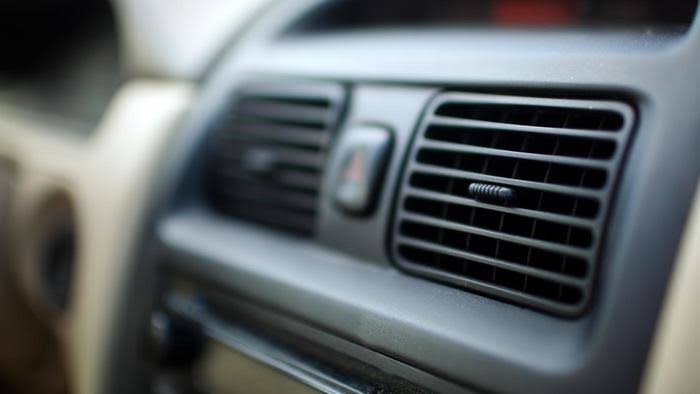
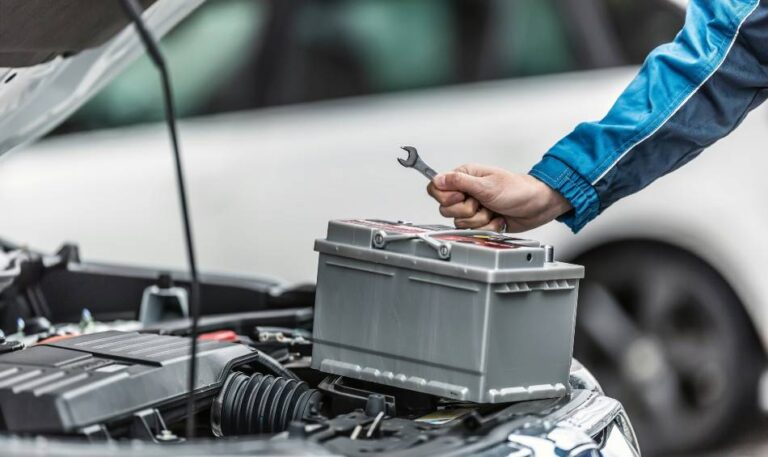
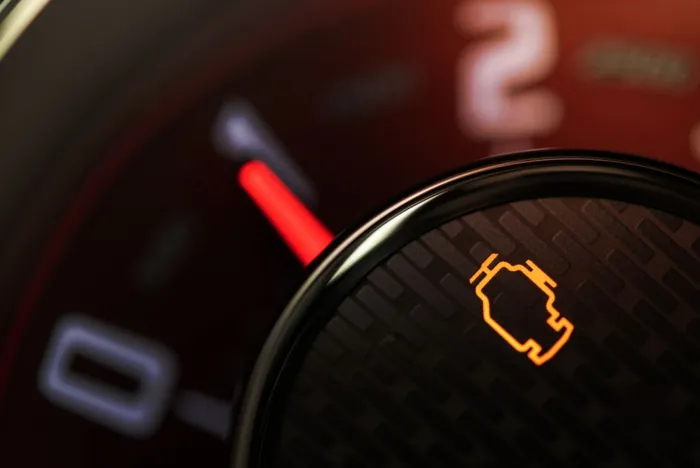
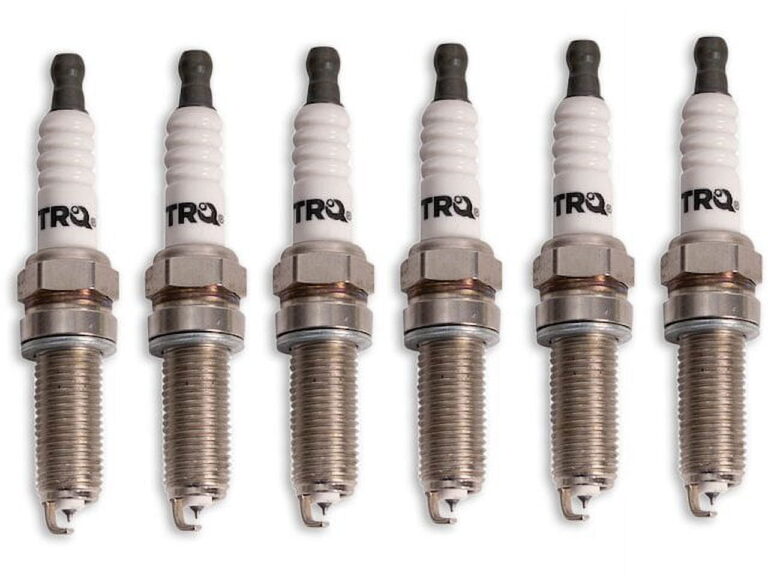

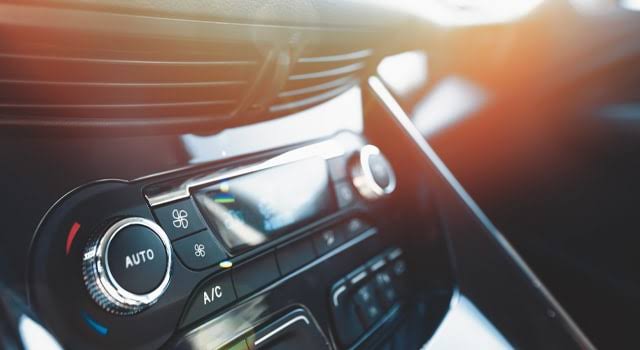
One Comment